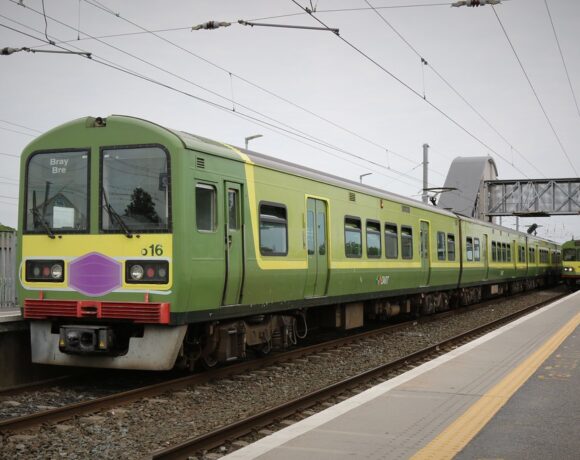To plan for increased populations, greater urbanization and new working practices, mobility policymakers need to learn from and respond to passenger behaviors. Who leads change in the 21st century? In the past, it has come from the top down. Today, connected through technology and empowered by education like never before, citizens themselves are having a bigger say.
So, for leaders and policymakers, a key challenge is how best to learn from the changing behavior of people and how best to nudge behavior in a direction that serves the desired policy outcomes.
This challenge is particularly important in the field of urban transport, where rapid urbanization and technological advance are combining to recondition passenger behavior and transform the transport agenda.
Cities are growing. Around the world, urban areas in mature and emerging markets alike are planning for increased populations.
Citizens are changing too. Armed with smartphones, they can find out and share information on any topic whenever they want – including their journeys around cities.
Changing lanes
This has important implications for city leaders. Competition between cities for talent and investment is set to intensify.
Slow, inefficient, unreliable transport networks damage businesses, tourism, quality of life and a city’s reputation.
So finding ways of developing an effective, mobile transport system that can cope with the growing demands of increasing populations is a key priority for city leaders around the world.
Can driverless cars end traffic jams? Will a combination of walking, pedal power and smart public transport clear cars from urban centers? Would a shorter working week eliminate the rush hour?
A new EY paper All change please: how shifting passenger behavior can improve mobility in cities helps to provide some answers.

Unpredictable behavior
In research for the paper, EY interviewed policymakers in major cities in the US, UK, Australia, India and New Zealand to gather the latest thinking on the behavioral forces driving mobility and the policies that can improve it.
The study shows how innovative behavioral and microsimulation techniques can help inform policymaking.
These techniques produced some surprising results. For example, one microsimulation case study tested the impact of a reduced, 30-hour working week on vehicles on the road in Sydney, Australia.
The results ran counter to the desired impacts.
Government may introduce a shorter working week with the intention of reducing the number of residents travelling at the same time and easing congestion. But the case study showed that this is not the effect.
Whilst the usual commuter rush hour after work was no longer as busy during the simulation, it seems that many workers chose to adopt a six-hour working day so they could leave in time to pick up their children from school, therefore increasing rather than easing congestion.
Behaviors can surprise. There is a clear role for behavioral economics in helping policymakers to understand these nuances and in nudging residents’ decisions toward the desired response.
Passengers in the driving seat
Some futurologists used to envisage flying cars travelling on a road network in the sky. This has, so far, proved wide of the mark. But planning for future transport need not just be a vision of science fiction.
Policymakers should be led by passenger behavior. By studying the actions that transport users take and developing policies to encourage specific behaviors or decisions from the travelling public, leaders can shape a transport network that serves citizens, businesses and the environment – and helps their city to grow and thrive.
The keys to better mobility are in the hands of passengers. Policymakers can help them to turn the lock.













